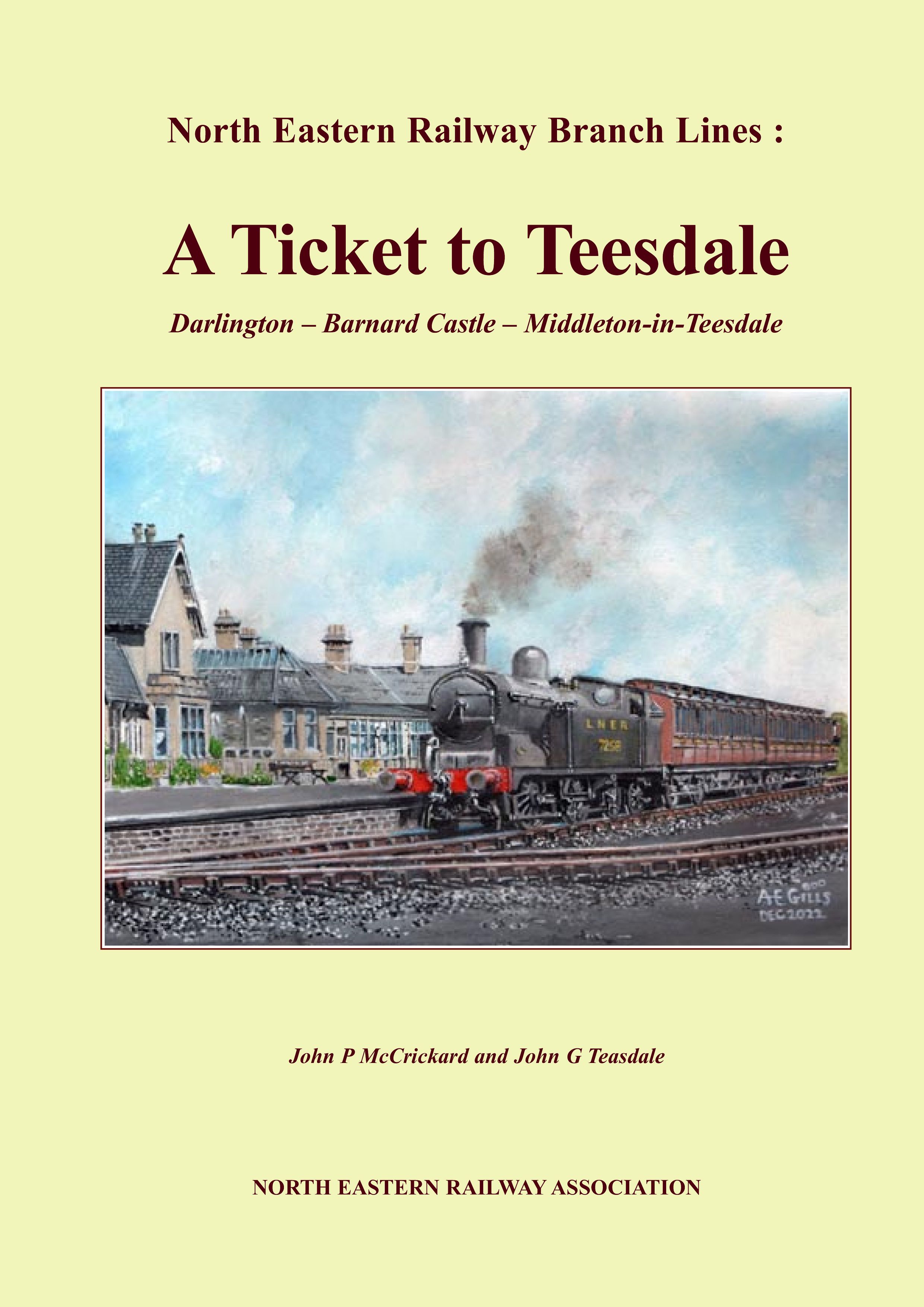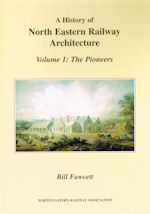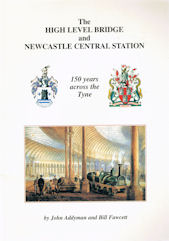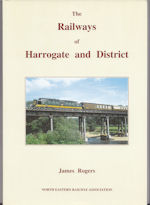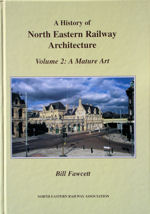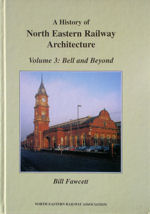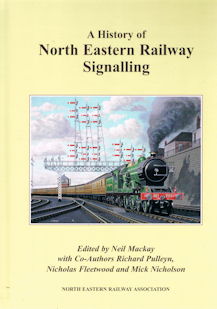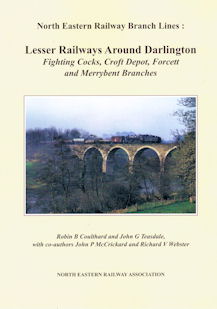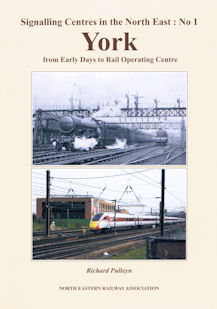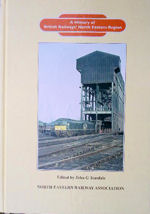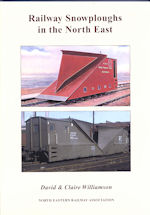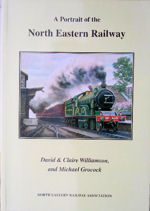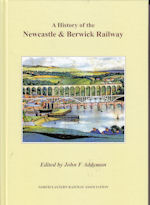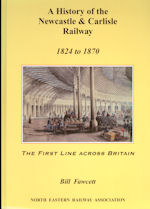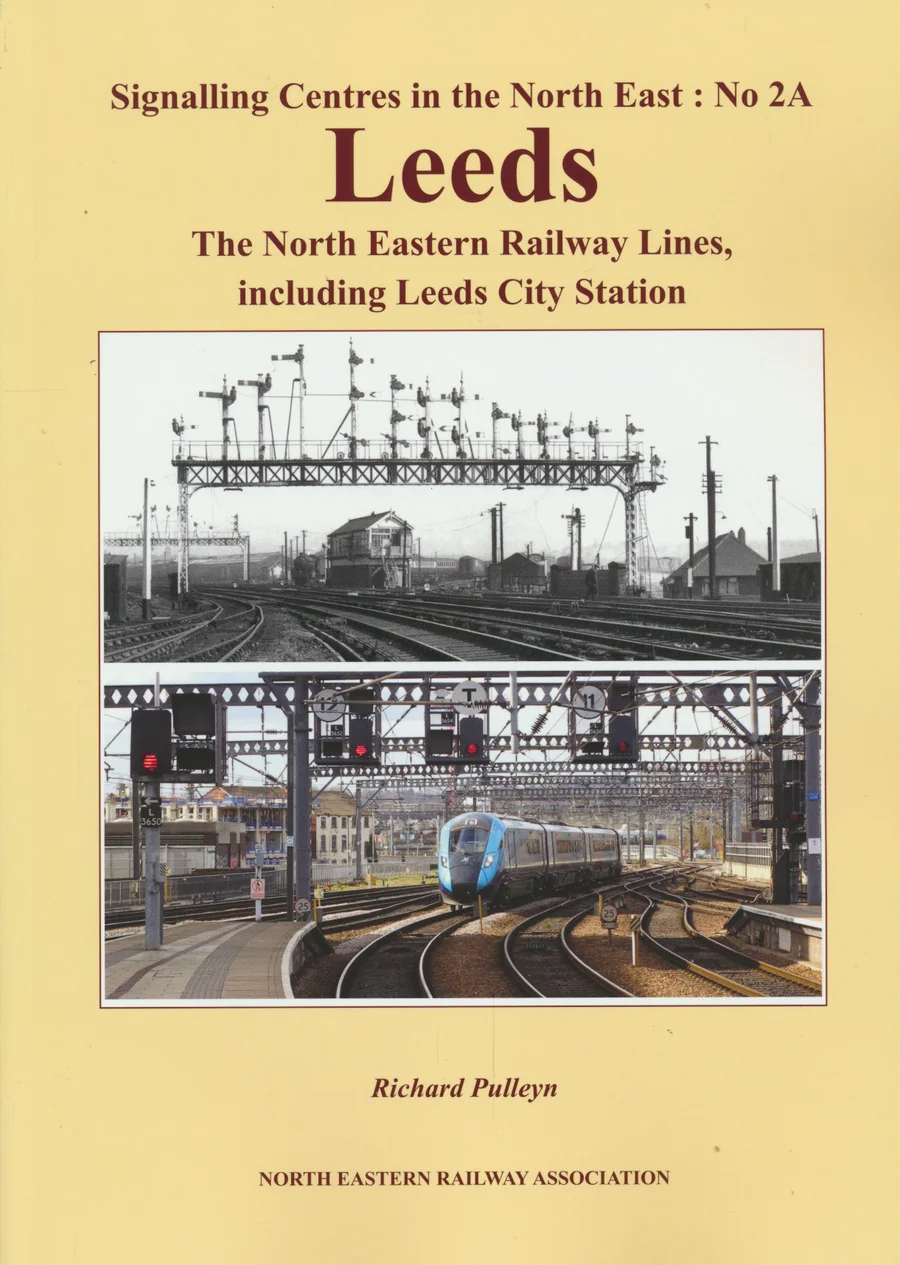George Townsend Andrews of York
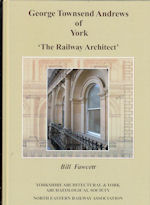
Condition: Excellent
Dimensions: Hardcover, 302mm x 215mm
Published by: North Eastern Railway Association
Published on: 23rd April 2011
Author: Bill Fawcett
George Townsend Andrews of York
'The Railway Architect'
George Townsend Andrews (1804-55) is best known for his railway buildings, most designed during the decade 1839-49 for George Hudson, the first Railway King. A time of hectic expansion in the railway system, it saw a rapid evolution in the types of building required, something we can follow through Andrews' work. This ranged widely: as well as about ninety passenger stations, he designed warehouses, engine sheds, workshops and even gasworks and coalyards, as well as three graceful arches through York's medieval walls. Notable works include York (old) station, one of our best surviving examples of an early terminus on the Euston pattern, and Hull station, whose elegant hotel was briefly one of the largest outside London. Small-town stations, such as Filey and Richmond (Yorks) are particularly rewarding, the latter being Britain's best picturesque Gothic design of the early railway age.
Other fields brought works as varied as Halifax Infirmary, Harrogate's Montpellier Baths and White Hart Hotel. His main focus was York where, as well as numerous houses, he designed head offices for two banks and the Yorkshire Insurance Company as well as the De Grey Rooms (assembly rooms) and the Collegiate gothic buildings at the heart of York St John University. Churches were not overlooked and range from ten which were either new or almost totally rebuilt (as at Newton-on-Ouse) via extensive restoration schemes to some minor re-ordering.
The book explores the patronage which gave rise to these works as well as the buildings themselves, and is divided into two sections. The first is a chronological account of Andrews' career, highlighting en route such building types as are not looked at in the second part. The latter is a survey of particular building forms, with a detailed focus on works such as the first York station.
This book is a joy and highly recommended.
Hardcover, 256 pages, over 600 illustrations.

